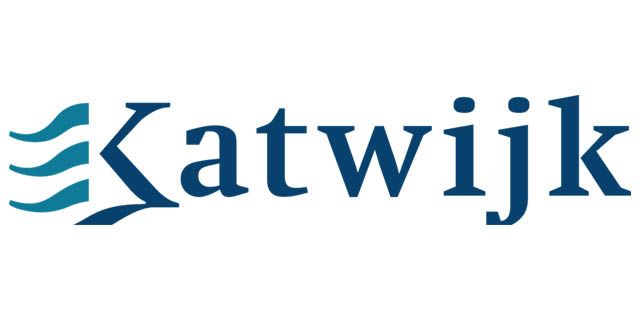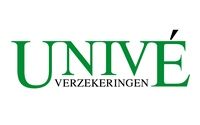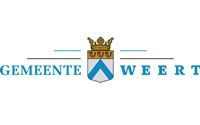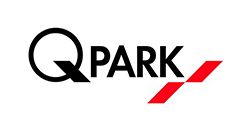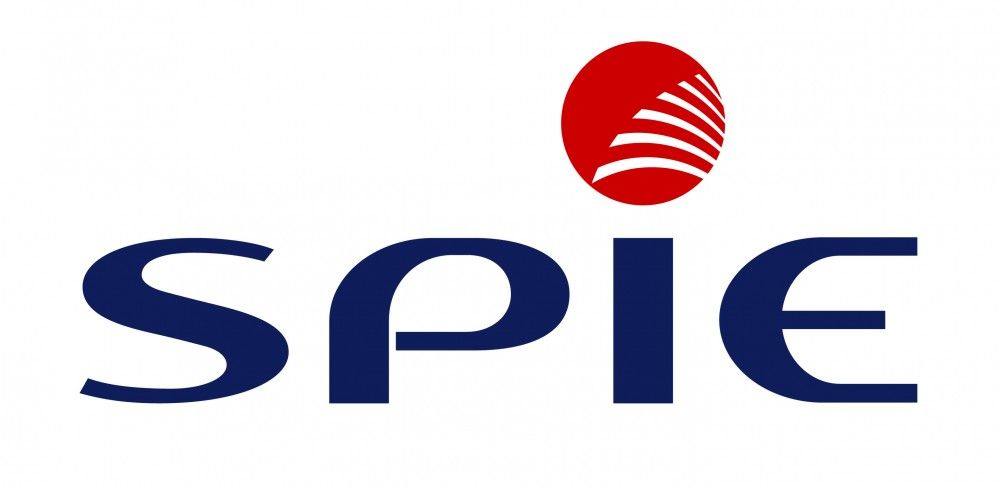Cursusbeschrijving
The main purpose of this 5 day instructor led course is to give students a good understanding of the Transact-SQL language which is used by all SQL Server-related disciplines; namely, Database Administration, Database Development and Business Intelligence. As such, the primary target audience for this course is: Database Administrators, Database Developers and BI professionals.
{tab Doelgroep}
This course is intended for Database Administrators, Database Developers, and Business Intelligence professionals. The course will very likely be well attended by SQL power users who aren’t necessarily database-focused; namely, report writers, business analysts and client application developers.
{tab Voorkennis} Working knowledge of relational databases. This knowledge can be acquired by attending course M10985 Introduction to SQL Databases {tab Vervolgcursus}
Na deze cursus kunt u opgaan voor de vervolgcursus M20762Developing SQL Databases
{tab Overige informatie}
This course will be delivered with digital courseware. In order to have the best learning experience you are asked to bring your own second screen to view the courseware. A second screen includes: tablets and laptops.
M20762Developing SQL Databases
{/tabs} {slider Cursusinhoud|closed}
Module 1: Introduction to Microsoft SQL Server 2016
This module introduces SQL Server, the versions of SQL Server, including cloud versions, and how to connect to SQL Server using SQL Server Management Studio.
- The Basic Architecture of SQL Server
- SQL Server Editions and Versions
- Getting Started with SQL Server Management Studio
Lab : Working with SQL Server 2016 Tools
After completing this module, you will be able to:
- Describe the architecture and editions of SQL Server 2012.
- Work with SQL Server Management Studio.
Module 2: Introduction to T-SQL Querying
This module introduces the elements of T-SQL and their role in writing queries, describes the use of sets in SQL Server, describes the use of predicate logic in SQL Server, and describes the logical order of operations in SELECT statements.
- Introducing T-SQL
- Understanding Sets
- Understanding Predicate Logic
- Understanding the Logical Order of Operations in SELECT statements
Lab : Introduction to Transact-SQL Querying
After completing this module, you will be able to:
- Describe the elements of T-SQL and their role in writing queries
- Describe the use of sets in SQL Server
- Describe the use of predicate logic in SQL Server
- Describe the logical order of operations in SELECT statements
Module 3: Writing SELECT Queries
This module introduces the fundamentals of the SELECT statement, focusing on queries against a single table.
- Writing Simple SELECT Statements
- Eliminating Duplicates with DISTINCT
- Using Column and Table Aliases
- Writing Simple CASE Expressions
Lab : Writing Basic SELECT Statements
After completing this module, you will be able to:
- Write simple SELECT statements.
- Eliminate duplicates using the DISTINCT clause.
- Use column and table aliases.
- Write simple CASE expressions.
Module 4: Querying Multiple Tables
This module explains how to write queries which combine data from multiple sources in SQL Server. The module introduces the use of JOINs in T-SQL queries as a mechanism for retrieving data from multiple tables.
- Understanding Joins
- Querying with Inner Joins
- Querying with Outer Joins
- Querying with Cross Joins and Self Joins
Lab : Querying Multiple Tables
After completing this module, you will be able to:
- Describe how multiple tables may be queried in a SELECT statement using joins.
- Write queries that use inner joins.
- Write queries that use outer joins.
- Write queries that use self-joins and cross joins.
Module 5: Sorting and Filtering Data
This module explains how to enhance queries to limit the rows they return, and to control the order in which the rows are displayed. The module also discusses how to resolve missing and unknown results.
- Sorting Data
- Filtering Data with Predicates
- Filtering with the TOP and OFFSET-FETCH Options
- Working with Unknown Values
Lab : Sorting and Filtering Data
After completing this module, you will be able to:
- Filter data with predicates in the WHERE clause.
- Sort data using ORDER BY.
- Filter data in the SELECT clause with TOP.
- Filter data with OFFSET and FETCH.
Module 6: Working with SQL Server 2016 Data Types
This module explains the data types SQL Server uses to store data. It introduces the many types of numeric and special-use data types. It also explains conversions between data types, and the importance of type precedence.
- Introducing SQL Server 2016 Data Types
- Working with Character Data
- Working with Date and Time Data
Lab : Working with SQL Server 2016 Data Types
After completing this module, you will be able to:
- Describe numeric data types, type precedence and type conversions.
- Write queries using character data types.
- Write queries using date and time data types.
Module 7: Using DML to Modify Data
This module describes the use of Transact-SQL Data Manipulation Language to perform inserts, updates, and deletes to your data.
- Inserting Data
- Modifying and Deleting Data
Lab : Using DML to Modify Data
After completing this module, you will be able to:
- Insert new data into your tables.
- Update and delete existing records in your tables.
Module 8: Using Built-In Functions
This module introduces the use of functions that are built in to SQL Server Denali, and will discuss some common usages including data type conversion, testing for logical results and nullability.
- Writing Queries with Built-In Functions
- Using Conversion Functions
- Using Logical Functions
- Using Functions to Work with NULL
Lab : Using Built-In Functions
After completing this module, you will be able to:
- Write queries with built-in scalar functions.
- Use conversion functions.
- Use logical functions.
- Use functions that work with NULL.
Module 9: Grouping and Aggregating Data
This module introduces methods for grouping data within a query, aggregating the grouped data and filtering groups with HAVING. The module is designed to help the student grasp why a SELECT clause has restrictions placed upon column naming in the GROUP BY clause as well as which columns may be listed in the SELECT clause.
- Using Aggregate Functions
- Using the GROUP BY Clause
- Filtering Groups with HAVING
Lab : Grouping and Aggregating Data
After completing this module, you will be able to:
- Write queries which summarize data using built-in aggregate functions.
- Use the GROUP BY clause to arrange rows into groups.
- Use the HAVING clause to filter out groups based on a search condition.
Module 10: Using Subqueries
This module will introduce the use of subqueries in various parts of a SELECT statement. It will include the use of scalar and multi-result subqueries, and the use of the IN and EXISTS operators.
- Writing Self-Contained Subqueries
- Writing Correlated Subqueries
- Using the EXISTS Predicate with Subqueries
Lab : Using Subqueries
After completing this module, you will be able to:
- Describe the uses of queries which are nested within other queries.
- Write self-contained subqueries which return scalar or multi-valued results.
- Write correlated subqueries which return scalar or multi-valued results.
- Use the EXISTS predicate to efficiently check for the existence of rows in a subquery.
Module 11: Using Set Operators
This module introduces the set operators UNION, INTERSECT, and EXCEPT to compare rows between two input sets.
- Writing Queries with the UNION Operator
- Using EXCEPT and INTERSECT
- Using APPLY
Lab : Using SET Operators
After completing this module, you will be able to:
- Write queries using UNION, EXCEPT, and INTERSECT operators.
- Use the APPLY operator.
{slider Doelstellingen}
After completing this course, students will be able to:
- Describe the basic architecture and concepts of Microsoft SQL Server 2016.
- Understand the similarities and differences between Transact-SQL and other computer languages.
- Write SELECT queries
- Query multiple tables
- Sort and filter data
- Describe the use of data types in SQL Server
- Modify data using Transact-SQL
- Use built-in functions
- Group and aggregate data
- Use subqueries
- Use table expressions
- Use set operators
- Use window ranking, offset and aggregate functions
- Implement pivoting and grouping sets
- Execute stored procedures
- Program with T-SQL
- Implement error handling
- Implement transactions
{/sliders}
Heeft u binnen uw organisatie een groep cursisten die graag willen deelnemen aan deze Querying Data SQL Server 2016 training, dan is het financieel aantrekkelijk om deze cursus bij u op locatie te organiseren. Vraag een vrijblijvende offerte voor de Querying Data SQL Server 2016 training.
Meer weten over dit onderwerp?
We verzorgen verschillende verschillende cursussen! Laat hieronder uw gegevens achter en we sturen u vrijblijvend een uitgebreid overzicht toe met alle mogelijkheden.
